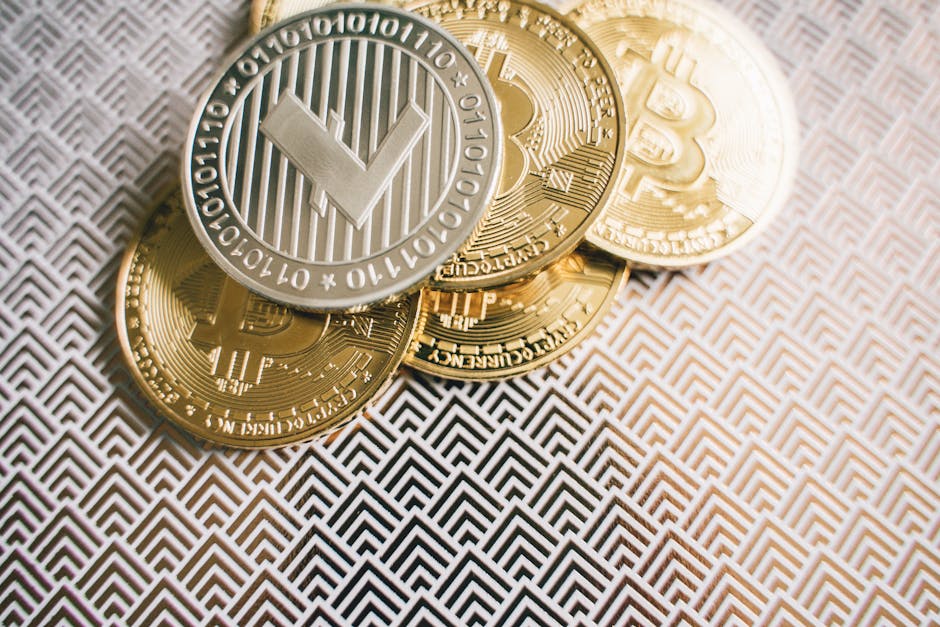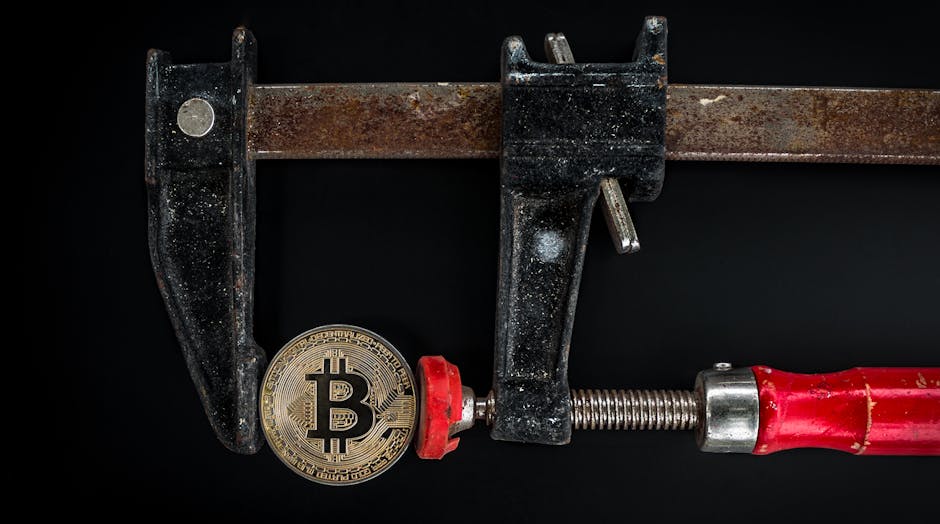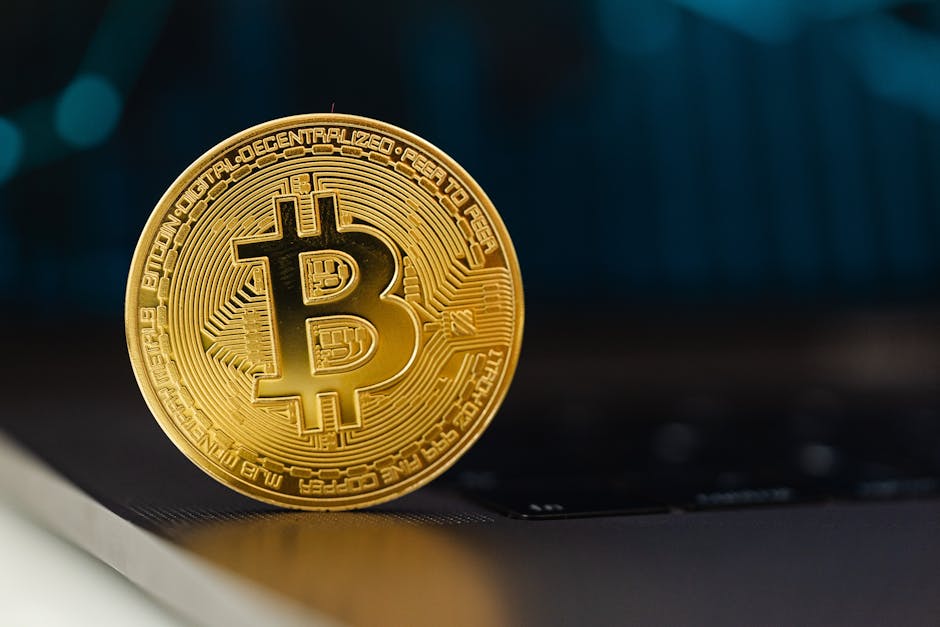Exploring Blockchain Security Best Practices
With the rise of blockchain technology in various industries, ensuring the security of these decentralized systems has become more crucial than ever. Blockchain, known for its immutability and transparency, still faces security challenges that require proactive measures to mitigate risks. In this comprehensive guide, we delve into the best practices for securing blockchain networks, transactions, and data. Let’s unravel the complexities of blockchain security and discover how organizations can safeguard their assets in the digital age.
The Foundation of Blockchain Security

Blockchain is a distributed ledger technology that operates on a network of nodes, where each block contains a timestamped batch of transactions linked to the previous block, forming a chain. The security of a blockchain network relies on cryptographic algorithms, consensus mechanisms, and network participants’ collaboration. To maintain the integrity and confidentiality of data stored on the blockchain, several security best practices are essential:
1. Encryption and Hashing

One of the fundamental aspects of blockchain security is encryption and hashing. Encryption ensures that data is stored securely and only accessible to authorized users. By encrypting data before storing it in a block, blockchain networks prevent unauthorized access and tampering. Hashing, on the other hand, generates a unique string of characters for each block, making it easy to detect any alterations in the data. These cryptographic techniques play a vital role in ensuring the confidentiality and integrity of blockchain transactions.
For example, when a transaction is initiated on a blockchain network, it is encrypted using public and private keys. The transaction data is then hashed to create a unique identifier, which is stored in the block along with the encrypted data. Any changes to the transaction would result in a different hash value, alerting the network to potential tampering attempts.
2. Consensus Mechanisms

Consensus mechanisms are protocols that enable blockchain network participants to agree on the validity of transactions and the order in which they are added to the ledger. These mechanisms play a crucial role in preventing fraud, double-spending, and other malicious activities on the blockchain. Some popular consensus mechanisms include Proof of Work (PoW), Proof of Stake (PoS), Delegated Proof of Stake (DPoS), and Practical Byzantine Fault Tolerance (PBFT).
For instance, in a PoW consensus mechanism, network nodes compete to solve complex mathematical puzzles to add a new block to the blockchain. The first node to solve the puzzle broadcasts the solution to the network, and if verified, the new block is added to the chain. This process requires significant computational power, making it challenging for malicious actors to manipulate the blockchain.
3. Access Control and Identity Management

Access control and identity management are essential components of blockchain security, ensuring that only authorized users can interact with the network and perform transactions. Implementing robust access control measures, such as multi-factor authentication and role-based permissions, helps prevent unauthorized access to sensitive data stored on the blockchain. Identity management solutions, such as digital signatures and biometric authentication, enhance the security of transactions and validate the identities of network participants.
By verifying the identity of users and restricting access based on predefined roles, blockchain networks can maintain the confidentiality and integrity of data. Any suspicious activity or unauthorized access attempts can be swiftly identified and mitigated, reducing the risk of security breaches.
4. Immutable Audit Trails
One of the key advantages of blockchain technology is its immutability, which ensures that once a transaction is recorded on the blockchain, it cannot be altered or deleted. This feature is critical for establishing transparent audit trails and tracking the history of transactions on the network. By maintaining an immutable record of all transactions, blockchain networks enable participants to verify the authenticity of data and detect any discrepancies or fraudulent activities.
For example, in supply chain management, blockchain technology can be used to track the movement of goods from production to delivery. Each transaction, such as product information updates or shipment status changes, is recorded on the blockchain, creating a transparent and tamper-proof audit trail. Any attempts to manipulate the data would be immediately flagged, preserving the integrity of the supply chain.
5. Regular Security Audits and Vulnerability Assessments
Regular security audits and vulnerability assessments are essential for identifying and mitigating potential security risks in blockchain networks. By conducting comprehensive audits of the network infrastructure, smart contracts, and cryptographic protocols, organizations can proactively address vulnerabilities and strengthen their security posture. Additionally, implementing penetration testing and security monitoring tools can help detect and respond to security incidents in real-time.
Security audits also play a crucial role in ensuring compliance with industry regulations and standards, such as the General Data Protection Regulation (GDPR) and the Payment Card Industry Data Security Standard (PCI DSS). By demonstrating a commitment to security best practices and regulatory compliance, organizations can build trust with stakeholders and protect sensitive data from cyber threats.
Common Misconceptions about Blockchain Security
Despite its reputation for robust security, blockchain technology is not immune to vulnerabilities and cyber attacks. Some common misconceptions about blockchain security include:
1. Blockchain is 100% Secure
While blockchain technology offers enhanced security features compared to traditional centralized systems, it is not immune to security breaches. Factors such as coding errors, consensus mechanism flaws, and human error can expose blockchain networks to vulnerabilities. Organizations must adopt a holistic approach to security, combining technical controls, security best practices, and threat intelligence to protect their assets.
2. Private Blockchains are Inherently Secure
Private blockchains, which restrict access to authorized participants, are often perceived as more secure than public blockchains. However, security risks still exist in private blockchains, such as insider threats, data leakage, and unauthorized access. Implementing robust access controls, encryption mechanisms, and monitoring tools is essential to safeguard private blockchain networks from security breaches.
Frequently Asked Questions about Blockchain Security
1. How can organizations prevent 51% attacks on blockchain networks?
Organizations can mitigate the risk of 51% attacks by implementing consensus mechanisms that require a significant amount of computational power to validate transactions. Additionally, monitoring network activity, detecting unusual behavior, and implementing network upgrades can help prevent 51% attacks.
2. Are smart contracts secure on the blockchain?
Smart contracts are vulnerable to security risks, such as coding errors, logic flaws, and malicious inputs. Organizations should conduct thorough code reviews, implement secure coding practices, and perform regular audits of smart contracts to enhance their security.
To Wrap Things Up
Blockchain security best practices are essential for protecting the integrity and confidentiality of data stored on decentralized networks. By implementing encryption and hashing techniques, robust consensus mechanisms, access control measures, immutable audit trails, and regular security audits, organizations can enhance their security posture and mitigate cyber risks. As blockchain technology continues to evolve, staying vigilant and proactive in implementing security best practices is crucial for safeguarding digital assets in the modern era.




